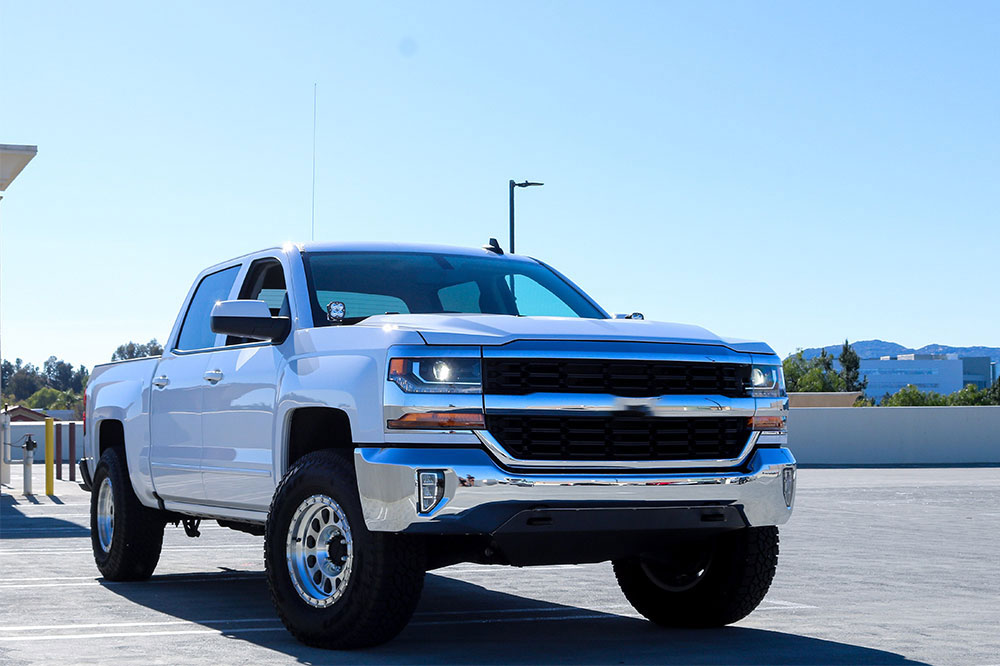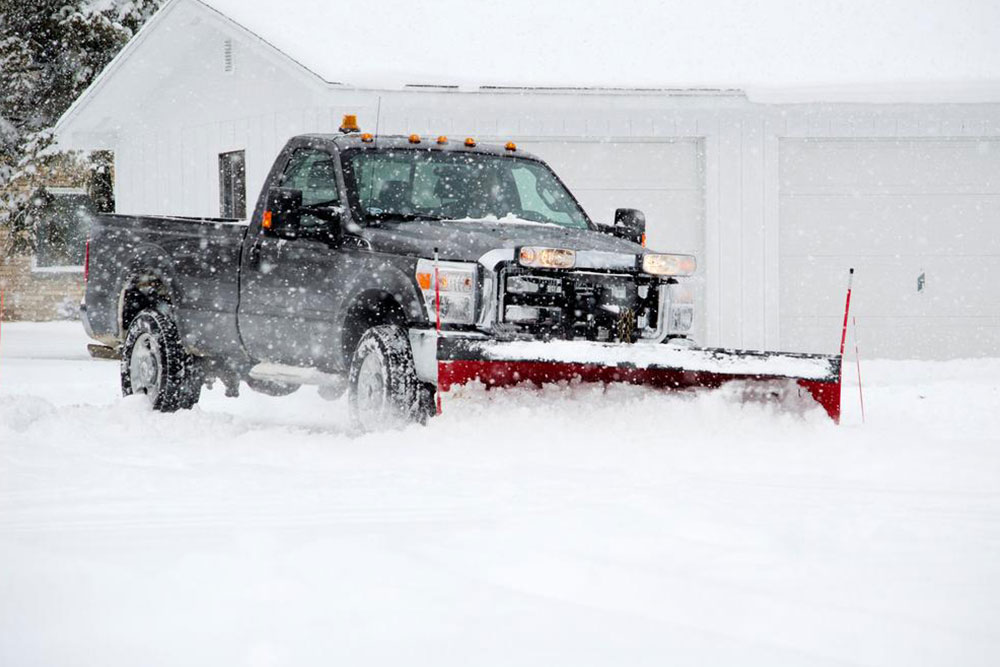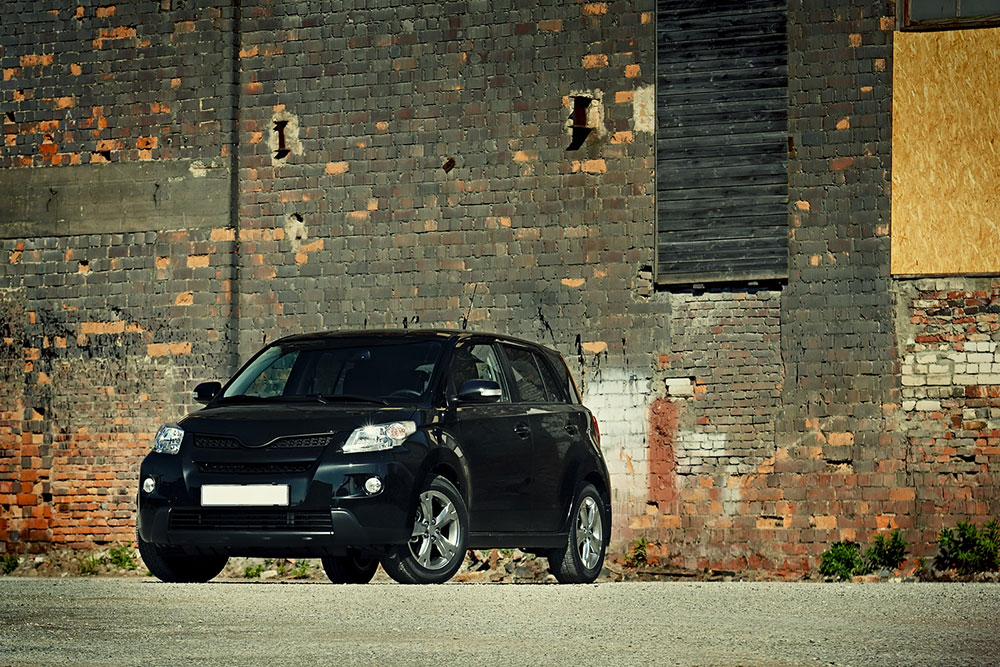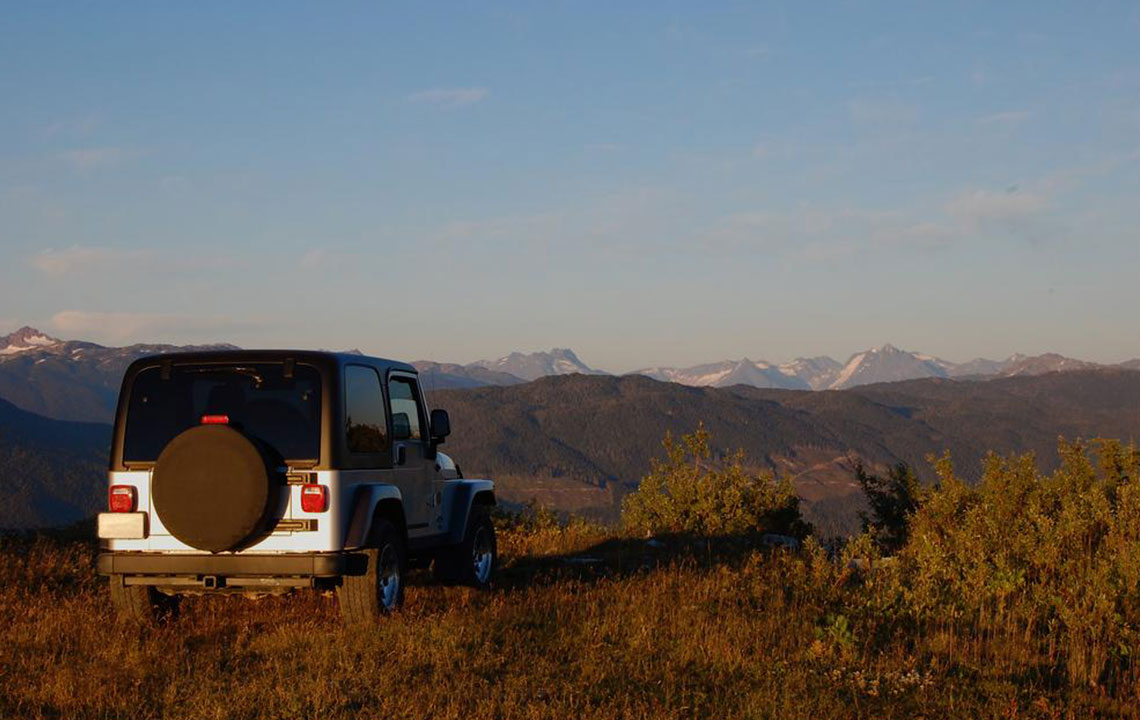Comprehensive Guide to Buying High-Quality Used ATVs for Sale
This comprehensive guide offers essential tips for purchasing high-quality used ATVs, focusing on areas such as structural integrity, engine condition, suspension, tires, brakes, and more. By following these expert recommendations, buyers can confidently select reliable, safe, and durable ATVs suitable for off-road adventures. Understanding how to inspect key components and negotiate effectively ensures a smart investment that guarantees safety and performance, helping enthusiasts enjoy outdoor experiences without unnecessary expenses. Perfect for both beginners and seasoned riders, this guide covers everything needed for a successful ATV purchase.
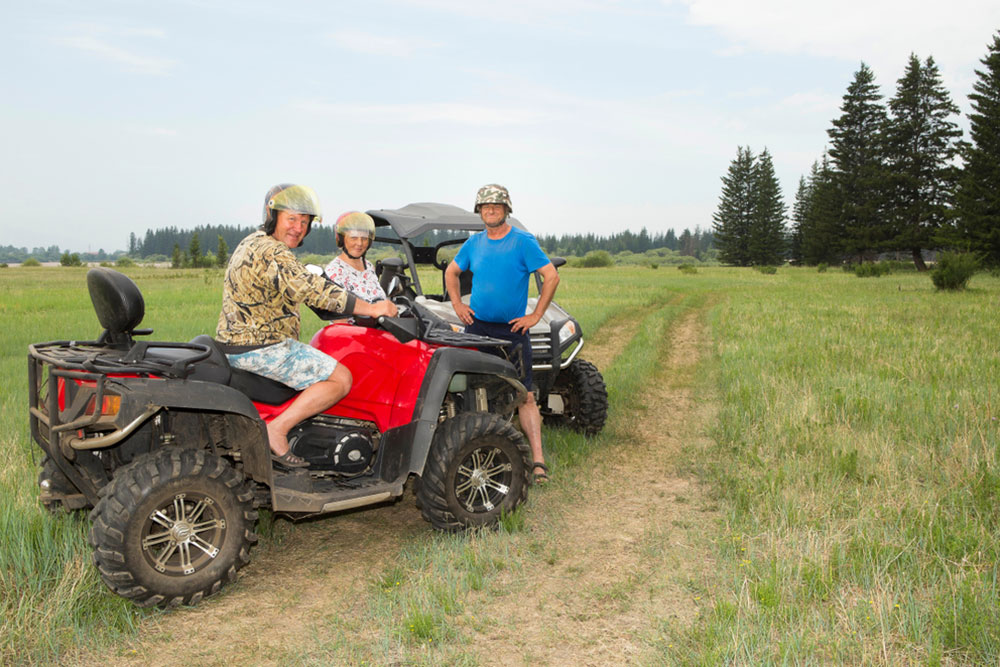
Comprehensive Guide to Buying High-Quality Used ATVs for Sale
For outdoor enthusiasts and off-road adventure lovers, All-Terrain Vehicles (ATVs) are essential tools that provide excitement, versatility, and access to remote areas. Purchasing a used ATV can be a highly cost-effective option, allowing you to enjoy your hobby without overspending. However, considering the investment, it's crucial to approach the purchase with careful inspection and knowledge of what to look for. Ensuring that your used ATV is in good condition will not only save you money on repairs down the line but also guarantee a safe and enjoyable experience during your outdoor activities.
When shopping for a used ATV, several key factors influence the vehicle's longevity, safety, and performance. These include the overall structural integrity, engine health, suspension condition, tire wear, brake system, and the presence of rust or corrosion. Understanding these aspects and how to evaluate them can help you avoid common pitfalls and select a reliable machine that fits your needs.
Inspect for Corrosion and Structural Damage
The exterior of the ATV can reveal a lot about its history and condition. Look closely for rust spots, especially around the frame, exhaust, and suspension components. Rust indicates exposure to moisture and can weaken structural elements over time. Additionally, examine welds and joints for cracks or signs of previous repairs. Structural cracks or bent frames can compromise safety and handling, so it's essential to detect these issues early.
Evaluate the Condition of Tires
Tires are vital for traction and stability. Check for worn-out treads, cracks, or bulges in the tires, which suggest significant wear or damage. Worn tires should be replaced before riding, so consider negotiating the price with the seller if new tires are needed. Properly maintained tires ensure safer off-road navigation and better control.
Inspect Suspension Components
Suspension systems absorb shocks and contribute to riding comfort. Look for oil leaks around shock absorbers, which indicate deterioration. Excessive oil seepage means the shocks may need replacement soon. Test the suspension's responsiveness by pushing down on the ATV; it should rebound smoothly without excessive bouncing. A well-maintained suspension ensures better handling, safety, and comfort on rough terrains.
Assess Engine Integrity
The engine is the heart of the ATV. Check for oil leaks around gaskets and seals by wiping around these areas; fresh oil stains can hint at gasket failures or other issues. Listen for unusual noises during startup or while idling, and observe whether the engine runs smoothly without sputtering or excessive smoke. Request maintenance records to understand if the engine has been serviced regularly. A reliable engine is crucial for long-term use and performance.
Examine CV Joints and Drivetrain
The CV (constant velocity) joints transmit power to the wheels. Loose or worn CV joints can cause side-to-side play in the tires. Rock the tires gently; any excessive movement indicates worn joints. Symptoms of CV joint wear include clicking noises during turns and unstable steering. Replacing CV joints can be costly, so prioritize this component during your inspection.
Review Brake System Condition
Effective brakes are essential for safety. Measure brake pad thickness; new pads are typically about 1/4 inch. Worn pads closer to 1/16 inch should be replaced promptly. Inspect the calipers and rotors for leaks, deep grooves, or uneven wear. Properly functioning brakes not only keep you safe but also ensure better control while riding on challenging terrains.
Opting for a used ATV from reputable brands like Yamaha, Kawasaki, Honda, or Bobcat offers peace of mind, as these manufacturers are known for producing durable and reliable vehicles. Conducting a thorough inspection, possibly with the help of a mechanic, can identify potential problems and save you from future costly repairs. Whether you’re an experienced rider or just starting, understanding these critical aspects will empower you to make an informed purchase and drive confidence in your choice.
Remember, patience and diligent inspection are key when buying used ATVs. Take your time to assess the vehicle's condition, ask for maintenance records, and test ride if possible. Doing so will ensure your investment is well-placed, providing fun, safe, and reliable off-road adventures for years to come.
